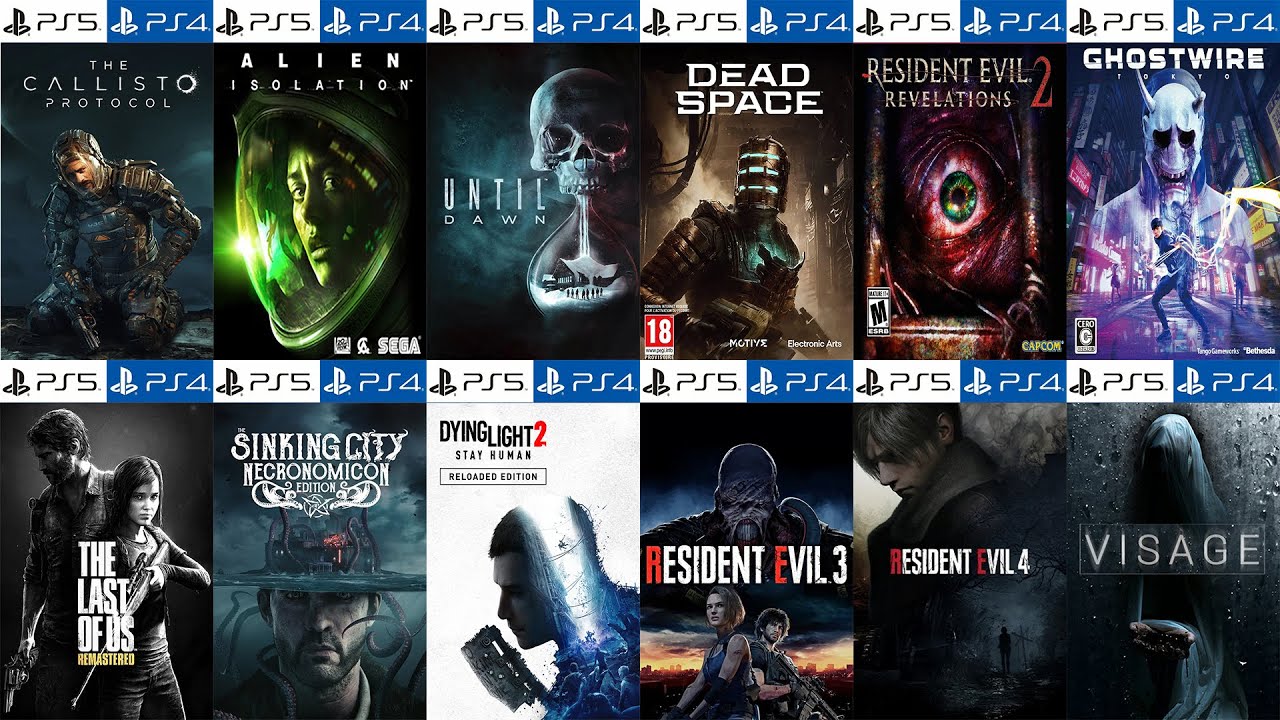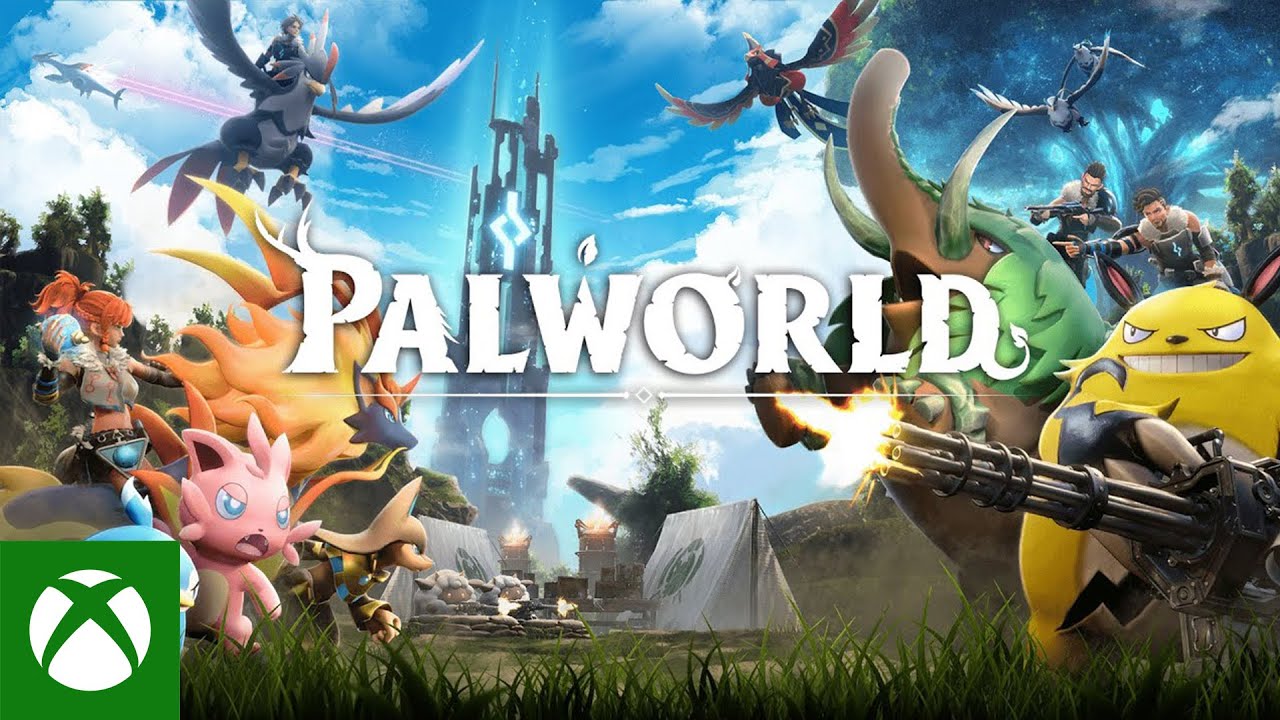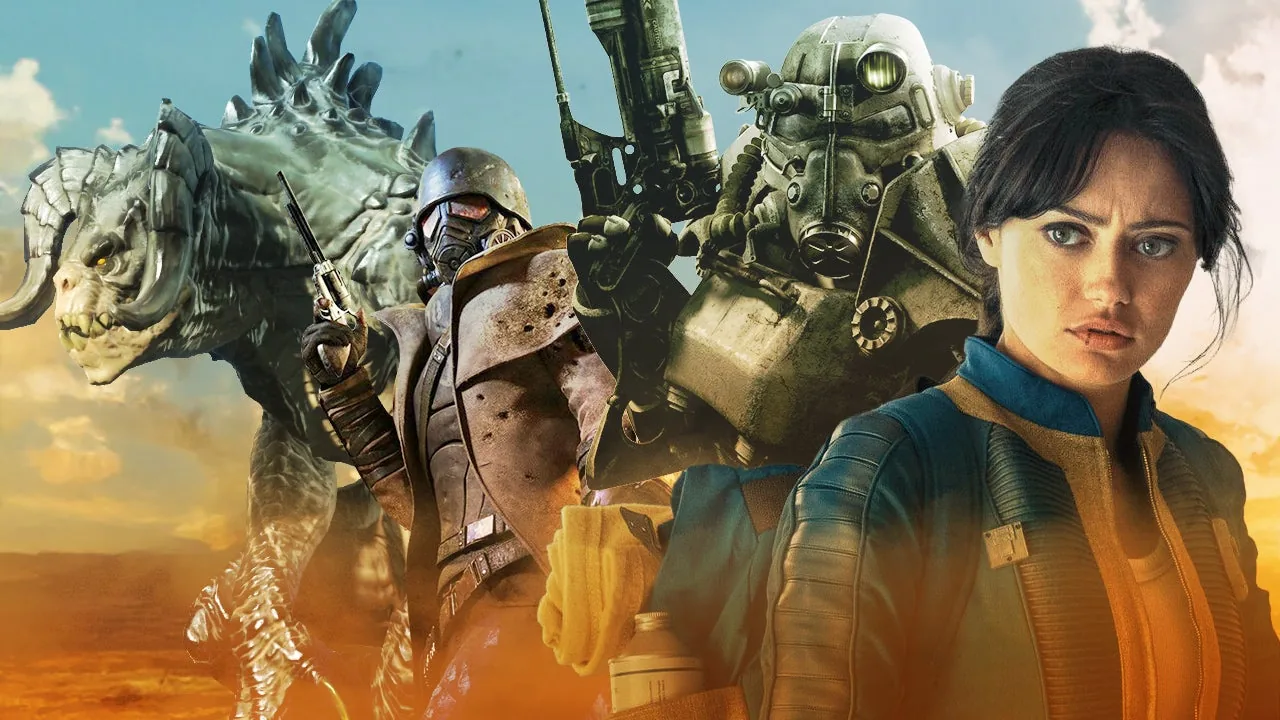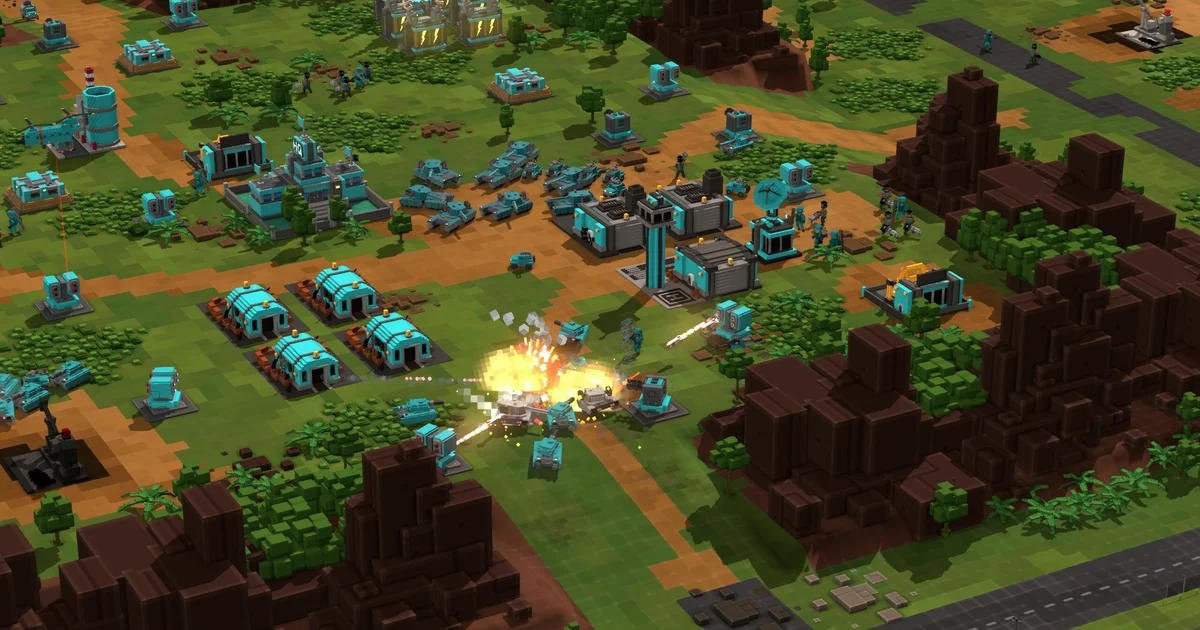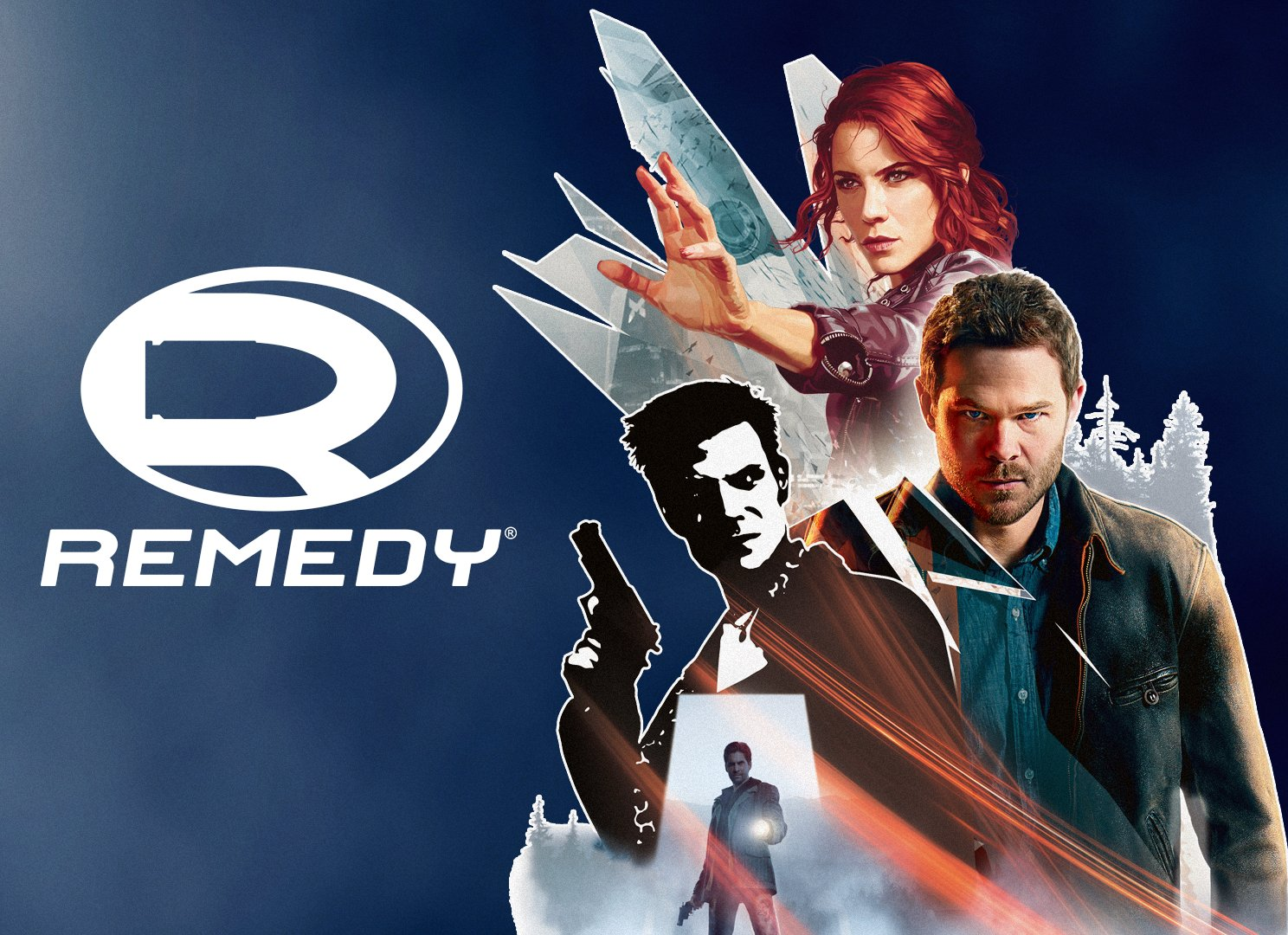Key Takeaways:
- Overused stealth mechanics make horror games feel repetitive and tame rather than tense.
- Lack of atmospheric innovation drains modern horror games of true suspense and dread.
- Creative risk-taking and smarter AI design are essential for reviving the fear factor in horror.
Once the heart-pounding thrill of survival horror had players sweating bullets, today’s horror games often leave fans yawning. What happened to the genre that once thrived on fear and uncertainty? Many gamers now feel immune to horror — not because they’ve become braver, but because horror games have become formulaic and predictable.
The Stealth Trap: Why Slowing Down Kills the Fear
One of the most glaring problems in modern horror is its overreliance on stealth mechanics. Since the release of Amnesia: The Dark Descent, horror devs have leaned into the “run and hide” formula, popularized again by Outlast. Players are given poor tools — like flashlights with dying batteries — and forced to hide in lockers while waiting for patrolling enemies to pass. This forced pacing doesn’t create fear; it creates boredom.
Titles like Alien: Isolation and Stay Out of the House show how stealth can be truly terrifying when paired with intelligent AI, tight item management, and unpredictable threats. But most imitators miss the mark, offering scripted jumpscares and predictable enemy loops instead of dynamic terror.
Also read: Dexter: Resurrection Episode 3 Delivers Major Cameos with Quinn and Masuka’s Return
Atmosphere Over Action — But Where Is It?
The great horror titles of the past—Silent Hill, Penumbra, even recent indie efforts like The Voidness—rely on dense, eerie atmosphere to build dread. Today, most horror games opt for recycled set pieces: flickering lights, red warning sirens, and a growling monster that appears on cue. The mystery is gone the moment the creature is revealed.
Horror thrives on the unknown, as H.P. Lovecraft once emphasized. When players can predict the next chase or the next puzzle, the suspense evaporates. The result? Horror games feel less like terrifying experiences and more like tasks to be checked off.
Overdone Puzzles and Copy-Paste Gameplay Loops
Find the fuse, restart the generator, avoid the monster, repeat. This gameplay loop, once fresh, is now stale — especially when games reuse the same puzzles and environments without offering new twists. Games like Five Nights at Freddy’s: Secret of the Mimic fall into this trap, offering minimal innovation and maximum repetition.
In contrast, horror titles like Welcome to the Game or At Dead of Night introduce fresh mechanics that actively engage players and keep them on edge. Whether it’s FMV interaction or randomized threats, these titles prove that creativity—not just hiding—is essential to scaring players.
Conclusion: Horror Needs More Than Hiding Spots
Today’s horror games aren’t scary because they’ve become too safe, too structured, and too familiar. The genre needs to break free from its stealth-horror obsession and bring back true survival elements—unpredictability, tension, challenge, and atmosphere. Until then, gamers may keep asking the same question: Where did all the fear go?
Disclaimer: The information in this article is for general purposes only and does not constitute financial advice. The author’s views are personal and may not reflect the views of GameDegen.com. Before making any investment decisions, you should always conduct your own research. GameDegen.com is not responsible for any financial losses.
